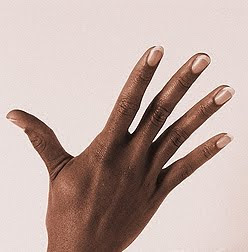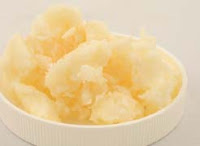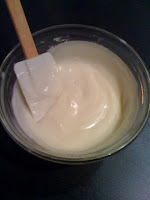 Jasmine was originally grown in China and Northern India and the Moors introduced it to Spain. The Jasmine flower posses a strong but sweet fragrance, which is common in those flowers which bloom at night. Jasmine Essential Oil
Jasmine was originally grown in China and Northern India and the Moors introduced it to Spain. The Jasmine flower posses a strong but sweet fragrance, which is common in those flowers which bloom at night. Jasmine Essential OilThe health benefits of Jasmine can be attributed to its properties like anti depressant, anti septic, aphrodisiac, anti spasmodic, cicatrisant, expectorant, galactogogue, emenagogue, parturient, sedative and uterine.
- Anti Depressant: The aroma is pleasing and uplifting to the mind and fights depression.
- Anti Septic: It has very effective germicidal, bacterial, fungicidal and anti viral properties. When externally applied to wounds it prevents it from becoming septic and checks infection from tetanus.
- Anti Spasmodic: It gives quick relief to spasmodic coughs, cramps, congestion, asthma as well as intestinal cramps and pains resulting from spasm.
- Cicatrisant: Jasmine oil can help with the fading away of scar marks.
- Emenagogue: Jasmine Oil's emenagogue property is known to aide women who suffer from irregular and painful menses or menopause and the ill effects that are associated with them such as fatigue, nausea, etc.
- Galactogogue: This property is said to help protect against breast tumors or cancer. It increases milk secretions therefore it's very good for lactating mothers.
- Parturient: Jasmine Essential Oil facilitates and eases birth while reducing labor pains.
- Sedative: Calms the mind, body and soul bringing forth positive emotions. Relieves anxiety, stress, depression and anger.
- Uterine: This oil helps with uterine health buy toning it up and promoting a flow of certain hormones that ensure good health and proper uterine function. It also helps protect if from tumors especially after menopause.
Note of caution: Those who are allergic to Jasmine should avoid using it. Pregnant women should avoid using this oil because it's an Emenagogue.
Jasmine is known to blend well with other essential oils such as Bergamot, Sandalwood, Rose, Lemon, Grapefruit, etc.
Currently the best producers of Jasmine Essential Oil are Italy, Morocco, Egypt, China, Japan and Turkey.




















